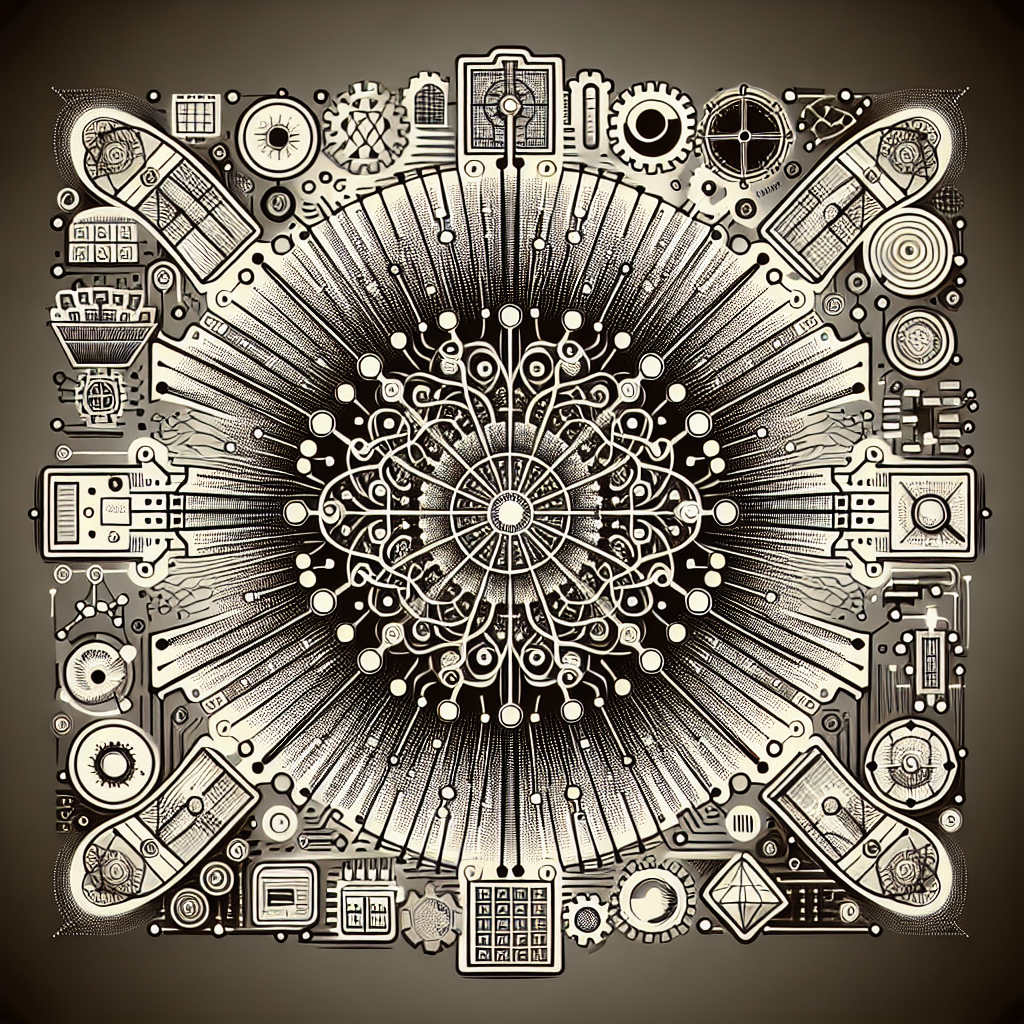Your cart is currently empty!
Mastering Neural Networks: A Deep Dive into CNNs for Effective Machine Learning

Neural networks have revolutionized the field of machine learning, enabling computers to learn complex patterns and make predictions based on data. Convolutional Neural Networks (CNNs) are a type of neural network that is particularly well-suited for image recognition tasks. In this article, we will take a deep dive into CNNs and explore how to effectively master them for machine learning.
CNNs are designed to mimic the way the human brain processes visual information. They consist of multiple layers of interconnected nodes, each of which performs a different type of computation. The first layer of a CNN is typically a convolutional layer, which applies filters to the input image to extract features such as edges, textures, and shapes. This is followed by one or more pooling layers, which reduce the dimensionality of the data by down-sampling the features.
After the convolutional and pooling layers, CNNs typically have one or more fully connected layers, which combine the extracted features to make predictions. The final layer is typically a softmax layer, which outputs the probabilities of each class for classification tasks.
To effectively master CNNs for machine learning, it is important to understand the key concepts and techniques involved. One of the most important concepts in CNNs is the use of convolutional filters, which are small matrices that slide over the input image to extract features. By adjusting the parameters of these filters, you can control the types of features that are extracted and improve the performance of the network.
Another important technique in CNNs is data augmentation, which involves generating new training data by applying transformations such as rotation, scaling, and flipping to the existing images. This can help improve the generalization and robustness of the network.
It is also important to pay attention to the architecture of the CNN, including the number of layers, the size of the filters, and the number of nodes in each layer. Experimenting with different architectures and hyperparameters can help improve the performance of the network.
In addition, it is important to use a large and diverse dataset for training the CNN, as this can help the network learn to generalize to new and unseen data. It is also important to regularly monitor the performance of the network on a validation set and fine-tune the parameters to improve the accuracy.
In conclusion, mastering CNNs for machine learning requires a deep understanding of the key concepts and techniques involved. By experimenting with different architectures, hyperparameters, and datasets, you can improve the performance of the network and make accurate predictions on a wide range of tasks. With the increasing popularity of CNNs in the field of machine learning, mastering this technology can open up a world of opportunities for data scientists and researchers.
#Mastering #Neural #Networks #Deep #Dive #CNNs #Effective #Machine #Learning,understanding deep learning: building machine learning systems with pytorch
and tensorflow: from neural networks (cnn

Leave a Reply